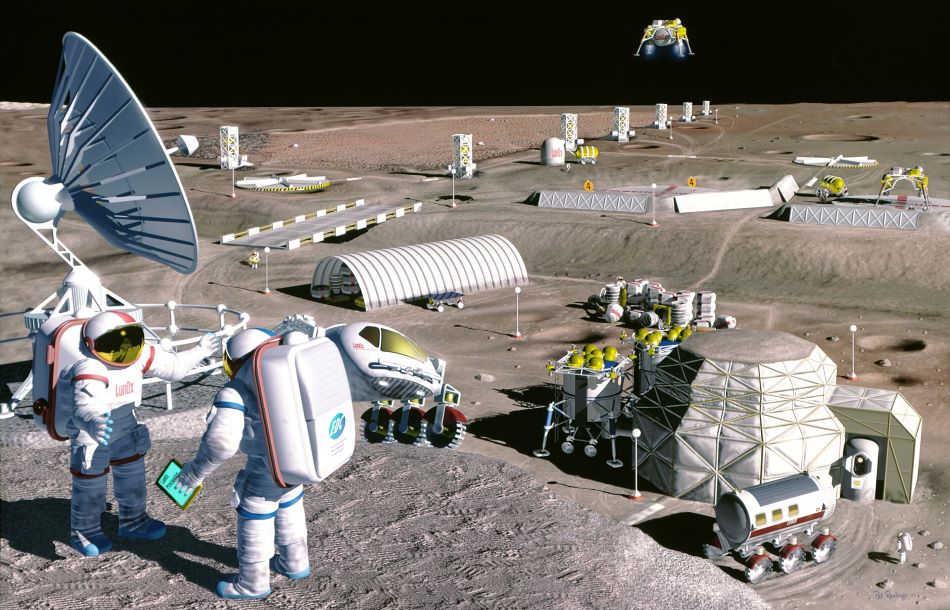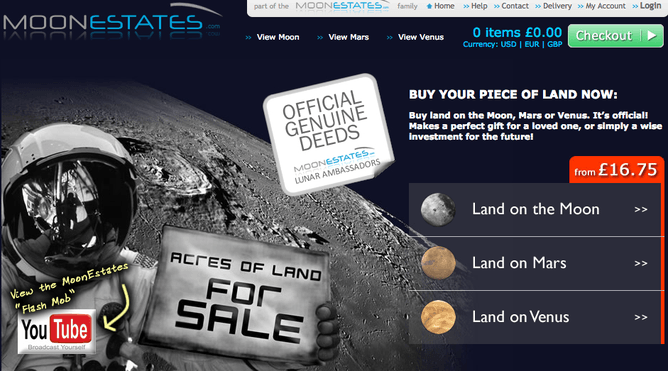In a recent study submitted to the Journal of the British Interplanetary Society for the 8th Interstellar Symposium special issue, which is due for publication sometime in 2024, Dr. Jacob Haqq-Misra, who is a senior research investigator and the Chief Operating Officer and co-founder at the Blue Marble Space Institute of Science, examines how future space exploration governing laws could evolve, either crewed or uncrewed and in the solar system or beyond. He views this study as an expansion of interplanetary governance models he previously discussed in his book, Sovereign Mars, to explore potential limits on space governance at interstellar distances.
Continue reading “The Outer Space Treaty was Signed in 1967. Can it Handle the Future of Space Exploration?”Move Over Artemis Accords! Behold the Lunar Governance Report and EAGLE Manifesto!
In July 1999, the Space Generation Advisory Council (SGAC) was created with the purpose of representing the “Space Generation” to the UN Office of Outer Space Affairs (UNOOSA). For this non-governmental organization and professional network, this would consist of bringing the “views of students and young space professionals to the United Nations (UN), space industry and other organizations”.
Given the importance of the Moon for all of our future space exploration goals, SGAC created an interdisciplinary group in June of 2020 that is focused on lunar policy. Known as the Effective and Adaptive Governance for a Lunar Ecosystem (E.A.G.L.E.), this group of 14 young space professionals is dedicated to ensuring that the younger generation has a voice when it comes to the development of regulations for lunar policy.
On May 12th, 2021, the SGAC released the report prepared by the EAGLE group, which outlines their ideas and proposals for how we can ensure that the regulations governing lunar activities are inclusive, effective, and adaptative. It’s known as the Lunar Governance Report, a document that will be presented during the 2021 meetings of the UN Committee on the Peaceful Uses of Outer Space (COPUOS).
Continue reading “Move Over Artemis Accords! Behold the Lunar Governance Report and EAGLE Manifesto!”NASA Proposes the Artemis Accords. The New Rules for Lunar Exploration
As part of Project Artemis, which was announced in May of 2019, NASA will be sending the first woman and the next man to the Moon for the first time since the Apollo Era. To make this happen, NASA has partnered with the private aerospace industry to develop all the necessary systems. At the same time, NASA has entered into collaborative agreements with other space agencies to ensure that lunar exploration is open to all.
To formalize these agreements and ensure that all parties are committed to the same goals, NASA recently drafted a framework for cooperative lunar exploration and development. Known as the Artemis Accords, this series of bilateral agreements (which are grounded in the Outer Space Treaty of 1967) establish common principles for international partners who want to become part of humanity’s long-awaited return to the Moon.
Continue reading “NASA Proposes the Artemis Accords. The New Rules for Lunar Exploration”Can you buy Land on the Moon?
Have you ever heard that it’s possible to buy property on the Moon? Perhaps someone has told you that, thanks to certain loopholes in the legal code, it is possible to purchase your very own parcel of lunar land. And in truth, many celebrities have reportedly bought into this scheme, hoping to snatch up their share of land before private companies or nations do.
Despite the fact that there may be several companies willing to oblige you, the reality is that international treaties say that no nation owns the Moon. These treaties also establish that the Moon is there for the good of all humans, and so it’s impossible for any state to own any lunar land. But does that mean private ownership is impossible too? The short answer is yes.
The long answer is, it’s complicated. At present, there are multiple nations hoping to build outposts and settlements on the Moon in the coming decades. The ESA hopes to build a “international village” between 2020 and 2030 and NASA has plans for its own for a Moon base.

The Russian space agency (Roscosmos) is planning to build a lunar base by the 2020s, and the China National Space Agency (CNSA) is planning to build such a base in a similar timeframe, thanks to the success of its Chang’e program.
Because of this, a lot of attention has been focused lately on the existing legal framework for the Moon and other celestial bodies. Let’s take a look at the history of “space law”, shall we?
Outer Space Treaty:
On Jan. 27th, 1967, the United States, United Kingdom, and the Soviet Union sat down together to work out a treaty on the exploration and use of outer space. With the Soviets and Americans locked in the Space Race, there was fear on all sides that any power that managed to put resources into orbit, or get to the Moon first, might have an edge on the others – and use these resources for evil!
As such, all sides signed “The Treaty on Principles Governing the Activities of States in the Exploration and Use of Outer Space, including the Moon and Other Celestial Bodies” – aka. “The Outer Space Treaty”. This treaty went into effect on Oct. 10th, 1967, and became the basis of international space law. As of September 2015, it has been signed by 104 countries (while another 24 have signed the treaty but have not competed the ratification process).

The treaty is overseen the United Nations Office for Outer Space Affairs (UNOOSA). It’s a big document, with lots of articles, subsections, and legalese. But the most relevant clause is Article II of the treaty, where it states:
“Outer space, including the moon and other celestial bodies, is not subject to national appropriation by claim of sovereignty, by means of use or occupation, or by any other means.”
“Loophole” in the Treaty:
Despite clearly saying that Outer Space is the property of all humanity, and can only be used for the good of all, the language is specific to national ownership. As a result, there is no legal consensus on whether or not the treaty’s prohibition are also valid as far as private appropriation is concerned.
However, Article II addresses only the issue of national ownership, and contains no specific language about the rights of private individuals or bodies in owning anything in outer space. Because of this, there are some who have argued that property rights should be recognized on the basis of jurisdiction rather than territorial sovereignty.
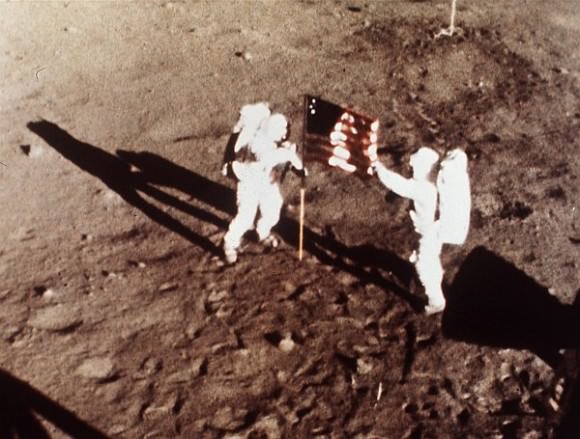
Looking to Article VI though, it states that governments are responsible for the actions of any party therein. So it is clear that the spirit of the treaty is meant to apply to all entities, be they public or private. As it states:
“States Parties to the Treaty shall bear international responsibility for national activities in outer space, including the moon and other celestial bodies, whether such activities are carried on by governmental agencies or by non-governmental entities, and for assuring that national activities are carried out in conformity with the provisions set forth in the present Treaty. The activities of non-governmental entities in outer space, including the moon and other celestial bodies, shall require authorization and continuing supervision by the appropriate State Party to the Treaty.”
In other words, any person, organization or company operating in space is answerable to their respective government. But since no specific mention is made of private ownership, there are those who claim that this represents a “loophole” in the treaty which allows them to claim and sell land on the Moon at this time. Because of this ambiguity, there have been attempts to augment the Outer Space Treaty.
The Moon Treaty:
On Dec. 18th, 1979, members of the United Nations presented an agreement which was meant to be a follow-up to the Outer Space Treaty and close its supposed loopholes. Known as the “Agreement Governing the Activities of States on the Moon and Other Celestial Bodies” – aka. “The Moon Treaty” or “Moon Agreement” – this treaty intended to establish a legal framework for the use of the Moon and other celestial bodies.
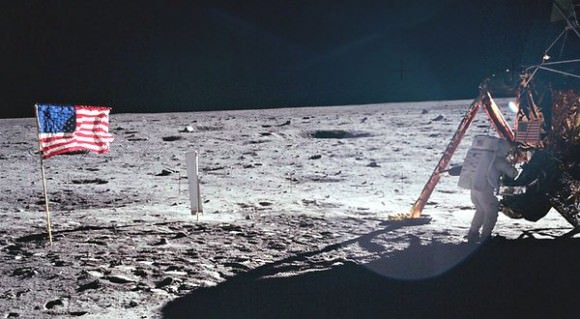
Much like the Outer Space Treaty, the agreement established that the Moon should be used for the benefit of all humanity and not for the sake of any individual state. The treaty banned weapons testing, declared that any scientific research must be open and shared with the international community, and that nations and individuals and organizations could not claim anything.
In practice, the treaty failed because it has not been ratified by any state that engages in crewed space exploration or has domestic launch capability. This includes the United States, the larger members of the ESA, Russia, China, Japan and India. Though it expressly forbids both national and private ownership of land on the Moon, or the use thereof for non-scientific, non-universal purposes, the treaty effectively has no teeth.
Bottom line, there is nothing that expressly forbids companies from owning land on the Moon. However, with no way to claim that land, anyone attempting to sell land to prospective buyers is basically selling snake oil. Any documentation that claims you own land on the Moon is unenforceable, and no nation on the planet that has signed either the Outer Space Treaty or the Moon Treaty will recognize it.
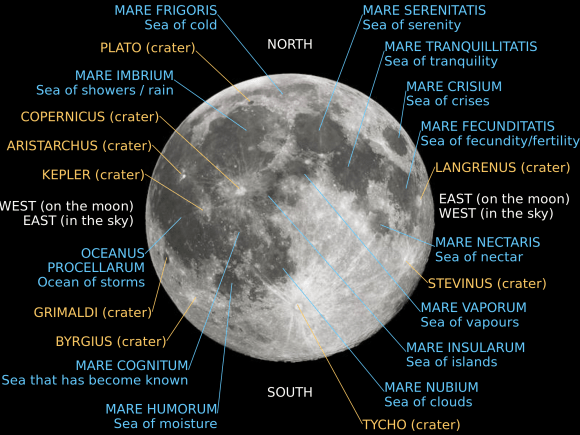
Then again, if you were able to fly up to the Moon and build a settlement there, it would be pretty difficult for anyone to stop you. But don’t expect that to the be the last word on the issue. With multiple space agencies looking to create “international villages” and companies hoping to create a tourist industry, you could expect some serious legal battles down the road!
But of course, this is all academic. With no atmosphere to speak of, temperatures reaching incredible highs and lows – ranging from 100 °C (212 °F) to -173 °C (-279.4 °F) – its low gravity (16.5 % that of Earth), and all that harsh Moon dust, nobody outside of trained astronauts (or the clinically insane) should want to spend a significant amount of time there!
We have written many interesting articles about the Moon here at Universe Today. Here’s Can you Really Name a Star?, Make a Deal for Land on the Moon, and our series on Building a Moon Base.
Want more information about the Moon? Here’s NASA’s Lunar and Planetary Science page. And here’s NASA’s Solar System Exploration Guide.
You can listen to a very interesting podcast about the formation of the Moon from Astronomy Cast, Episode 17: Where Did the Moon Come From?
Sources:
Make a Deal for Land on the Moon
Whether its asteroid prospecting, mining interests, or space tourism, a lot of industries are taking aim at space exploration. Some pioneering spirits – such as Elon Musk – even believe humanity’s survival depends on our colonizing onto other planets – such as the Moon and Mars. It’s little surprise then that lunar land peddlers have begun making deals for land on the Moon.

